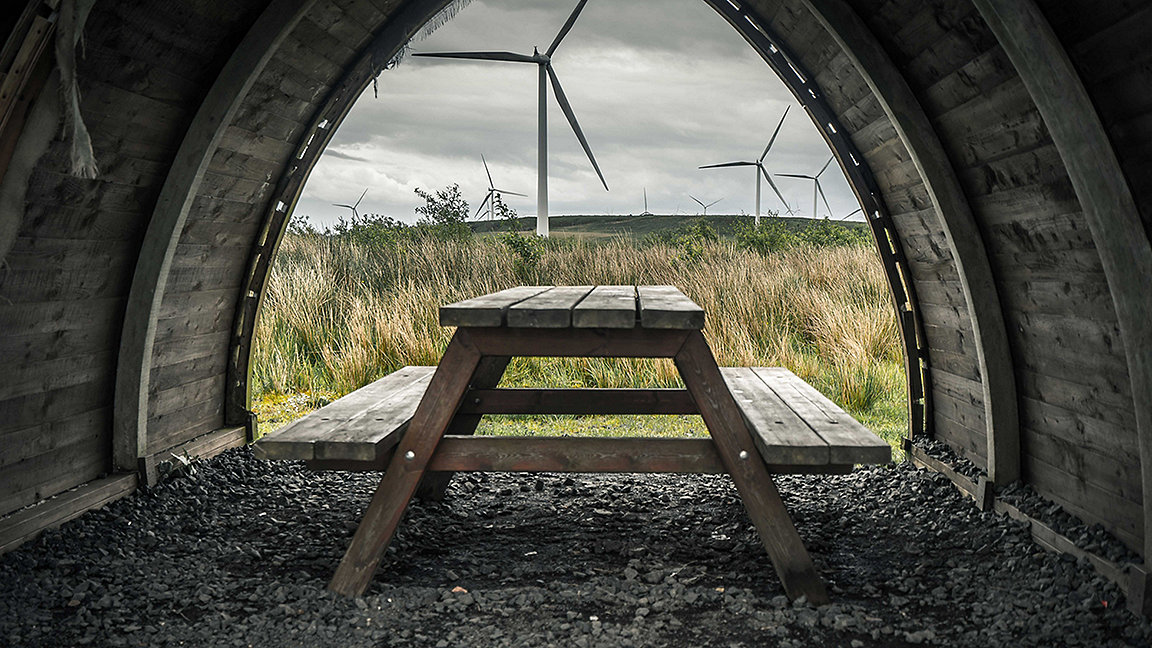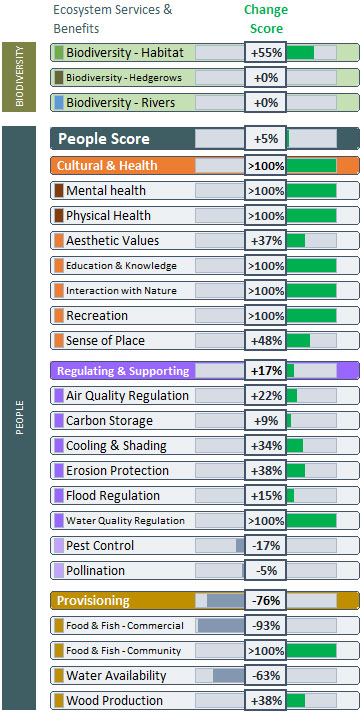
As the nature and climate emergencies rise up the political agenda, net gain is becoming the new mantra.
We ask ourselves whether new housing and infrastructure projects are securing overall improvements in the core functions of a healthy environment, such as storage of carbon in soils and vegetation, natural reduction of flood risk, and the promotion of good health in local communities.
Engineering firm WSP and its project partners have recently released the free, open-access spreadsheet Nature Tool for Urban and Rural Environments (NATURE Tool) to help companies become net contributors to the environment. WSP and its partners expect the tool to become a widely accepted standard for the UK, a game-changer for the built environment's response to nature and climate concerns.
The spreadsheet has been designed to serve a wide range of projects, from housebuilding to transport infrastructure, and from mineral extraction sites to wind farms across all four UK nations.
Developers, landowners, local planning authorities, NGOs and government agencies were involved in developing the tool, which lets users work out the net-gain score for their project. The NATURE Tool is designed for built environment professionals throughout the UK, from design teams to planners and construction specialists, as well as organisations whose sole focus is enhancing nature.
Local planning authorities and project developers can use the tool to calculate net-gain expectations for new development. The intention is to increase the certainty of the planning process for developers.
Increased interest in net gain
Although biodiversity net gain is just becoming mandatory in England, there is already plenty of interest. Earlier this year, the UK's National Infrastructure Commission published a discussion paper on natural capital and environmental net gain that explores the idea. Meanwhile, the Well-being of Future Generations Act (Wales) 2015 provides a basis for all public bodies to support projects that improve the environment for everyone over the long-term.
Tools such as NATURE Tool can support built infrastructure developers wanting to evidence their contributions to genuine enhancement of the environment for the benefit of people and nature.
Impact of land-use change
Users of the NATURE Tool enter a range of simple indicators such as land use and the accessibility of green space before and after development. The tool will calculate the impact of the land-use change on up to 17 ecosystem services, on physical and mental health, and on biodiversity. It then goes on to assess how far net gains for the environment would be, or have been, achieved.
WSP associate and creator of the tool Dr Oliver Hölzinger explains: 'Responding to government policy ambitions and applying our industry expertise, we are delighted to have developed the NATURE Tool to help the sector leave the environment in a better state for the next generation by adopting a natural capital approach to net gain.
'The tool is practical and easy to use with a scoring system indicating both the direction and magnitude of project impacts. These scores are aggregated based on policy priorities, resulting in an overall people score for the project. That assessment aims to encourage better decision-making and demonstrate clearly the results of positive, sustainable action during development.'
Senior planner at Vale of Glamorgan Council Nathan Slater trialled the tool across brownfield and greenfield sites in the pre-planning and planning stages. He reported: 'I will likely use the NATURE Tool in future projects to help assess whether the local authority is achieving its aims and objectives in relation to the natural environment … to understand whether any improvements have been made to a proposal, or assess whether proposed amendments to a development would have a positive or negative outcome.'

Dr Stuart Robertson is Knowledge Exchange Specialist at Ecosystems Knowledge Network
Contact Stuart: Email
Related competencies include: Environmental management, Land use and diversification, Management of the natural environment and landscape
